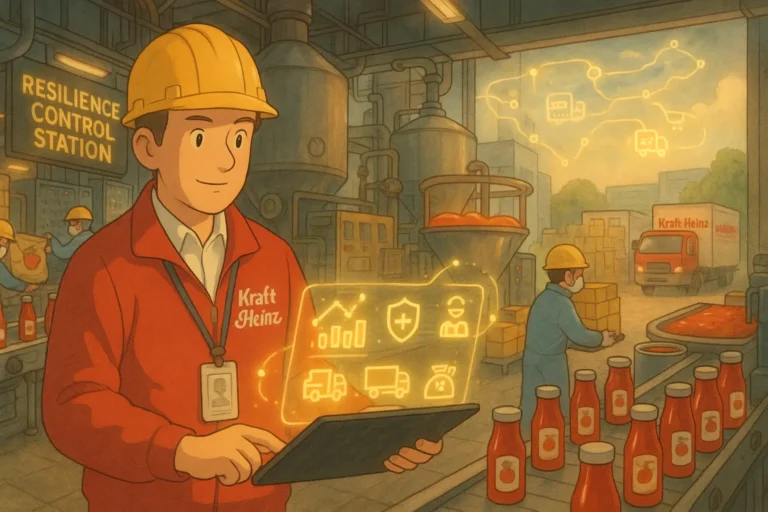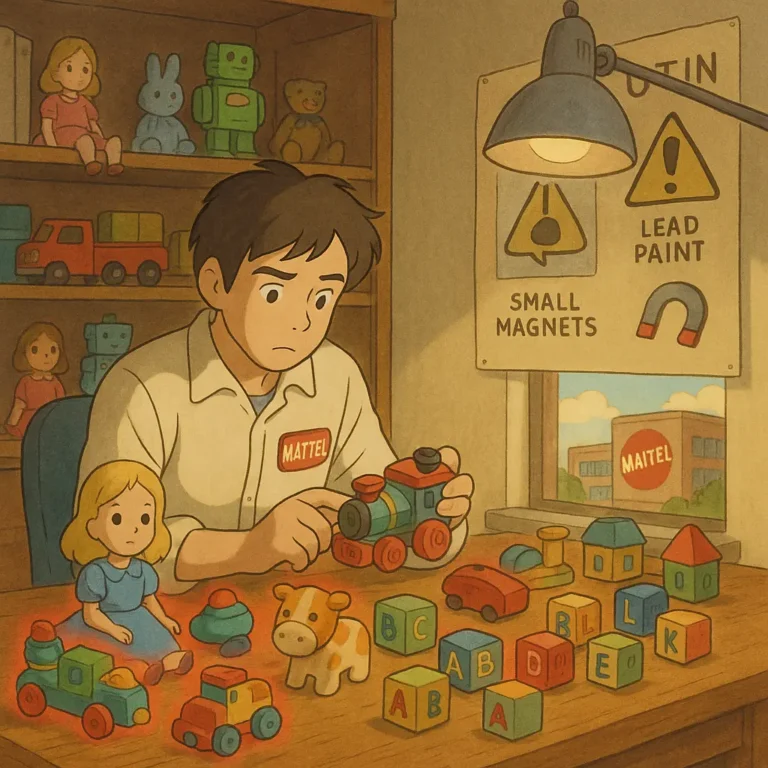
Every great supply chain has well-defined parameters guiding its operation, output, and resources. This is where a supply chain policy is very useful. In this guide, we will review its basics, including how to draft one and factors to consider.
A well-designed supply chain policy is the roadmap to operational excellence in any supply chain
What is a Supply Chain Policy?
A supply chain policy is a documentation of how a supply chain functions and interacts with both stakeholders and resources. It details how the supply chain should handle everything from sourcing to delivering the product to the customer.
Every process and operation within the supply chain is first geared towards the customer and then towards profiting the business. Many times businesses tend to confuse this, which is where SCP comes into play.
Typically, the SCP will cover sourcing, supplier management, quality control, risk mitigation, logistics, sustainability, best practices, supply chain rules and regulations, and other guidelines.
Importance of Supply Chain Policy
A well-drafted policy can make or break a supply chain operation. Here are some reasons to consider it for your supply chain management.
1. Point of Reference / Operational Manual
The supply chain policy serves as a point of reference or operational manual to stakeholders within the supply chain. It helps them understand the business goals, which helps them properly prioritize all the tasks in the supply chain.
As an operational manual, it helps supply chains avoid mistakes making it more efficient and cheaper for the business.
2. Simplifies the Supply Chain
Supply chains are already complicated enough. They sometimes have countless processes interacting with thousands or millions of stakeholders. Imagine dealing with these processes on a “day-to-day basis”.
You may have an out-of-control system on your hands. With an SCP, you have a working template that serves as a control mechanism for stakeholders while simplifying the entire process for them.
3. Accountability
As you will see in the next section, A good SCP clearly outlines roles and responsibilities. This allows every stakeholder (internal and external) to take appropriate accountability for their impact on the supply chain.
If a supplier fails to deliver, he cannot blame the inventory or compliance officer. If a procurement team fails to source for a supplier, they cannot blame or accuse the logistics manager.
4. Improve Customer Service
With a good SCP, operations tend to be more efficient. With consumers being the supply chain’s sole beneficiary, this means better service, ensuring customer satisfaction.
Some schools of thought refer to investors as customers. A good policy also serves them because it reduces waste, leading to cost reduction and more money for the business.
Factors to Consider When Drafting a Supply Chain Policy
Every SCP has a few elements or factors to consider. They are questions that need to be answered before attempting any policy creation
1. Scope
Before writing the SCP, there has to be an understanding of the why and operational areas the SCP covers. Not every business has a supply chain policy, and policies tend to differ from business to business.
Ensure to fully understand the policy’s purpose, the size of the supply chain, and what areas of the business or supply chain are covered by the policy.
2. Stakeholders
These are the people or businesses interacting with your supply chain. It includes senior management, supply chain teams, suppliers, and consumers.
Understanding your stakeholder allows you to draft a policy that caters to both the people and processes affecting the supply chain. This will help you increase productivity.
3. Nature
Business models differ in nature, as does the supply chain attached to these models. Apple and Mcdonald’s supply chains will differ on many levels even if they hold the same values. This is because they use different strategies to get their product to the customer.
Understanding the nature of the business and the supply chain involved helps you draft a policy that caters exclusively to the need of that business.
4. Goal
As we established, there are several benefits and reasons to have a SCP. But, these reasons may differ from business to business and from industry to industry.
When drafting a policy, always have the goal of the business in mind. Why the business needs it, and what the business hopes to achieve.
How to Write a Supply Chain Policy
There are five steps to writing a SCP for any business and industry. These steps listed here will serve as a guide.
Step 1: Evaluate the Current Supply Chain Process
Before writing an SCP, you must evaluate the nature of the business involved. This means understanding and identifying every supply chain process within the business. This step gives your policy a foundation and helps cater to the need of the business.
When evaluating the supply chain, start by asking questions or conducting surveys. These will help you identify the current process and what needs tweaking or adjustment.
Step 2: Identify all Stakeholders Involved in the Supply Chain
Stakeholders make up every component of the supply chain, making them the supply chain’s engine. Identify each stakeholder in the supply chain and their unique role in the supply chain. Find out how their role helps improve the supply chain and capture that in your supply chain policy.
Identifying stakeholders helps promote accountability and visibility throughout the supply chain.
Step 3: Review Supply Chain Policies of Similar Businesses
Chances are there are successful businesses in your industry with similar supply chain policies. In this step of the process, you must review the SCPs of these businesses to help you with a working template.
You do not necessarily have to copy their policies verbatim, but it should be a guide on how to draft yours. It’s not just industries that differ in nature. Businesses do too. Completing copying another SCP may be detrimental to your business.
Step 4: Draft the Supply Chain Policy
At this step of the process, you are ready to start writing the perfect SCP. Start by explaining the purpose and reason for the supply chain. Itemize areas of the supply chain covered by the policy and how stakeholders can interact with each other and these processes.
When writing the policy, factor in all processes from planning to sourcing raw materials and delivering the supply chain products to the customers.
Ensure your SCP is understandable, relatable, and realistic. If you miss any of these, it will be challenging to implement.
Step 5: Test, Review, and Sign Off
At this step of the process, the policy is ready for implementation. However, it must be tested and reviewed before making it an official policy for the business.
Test the policy to determine if it works and helps the supply chain achieve its goals. Review the policy to find areas that can be adjusted or improved.
You may sign off on the policy when you are satisfied with it.
FAQs on Supply Chain Policy
Q1: What are some recommended practices for developing a strong supply chain policy?
Involving important stakeholders in policy formulation, matching policies with organizational goals, making policies concise and accessible, offering clear rules, and ensuring that policies are reviewed and updated on a regular basis are all best practices.
Q2: How does a supply chain policy fit in with overall organizational goals?
A well-designed SCP should be aligned with an organization’s overall strategic goals, ensuring that supply chain activities contribute to attaining those goals, whether cost reduction, customer satisfaction, or sustainability are involved.
Q3: How can a supply chain policy evolve in response to global landscape changes?
It can react to changes in the global supply chain landscape with flexibility and a proactive approach to policy creation. Regular assessments and revisions are necessary to accommodate technological, regulation, and market dynamics shifts.
Conclusion
SCPs are rules and regulations that help a supply chain become successful in achieving its goals. It helps simplify the supply chain while giving all stakeholders a guideline for interacting with it.
This guide will help you draft a winning supply chain policy.

Obinabo Tochukwu Tabansi is a supply chain digital writer (Content writer & Ghostwriter) helping professionals and business owners across Africa learn from real-world supply chain wins and setbacks and apply proven strategies to their own operations. He also crafts social content for logistics and supply chain companies, turning their solutions and insights into engaging posts that drive visibility and trust.








